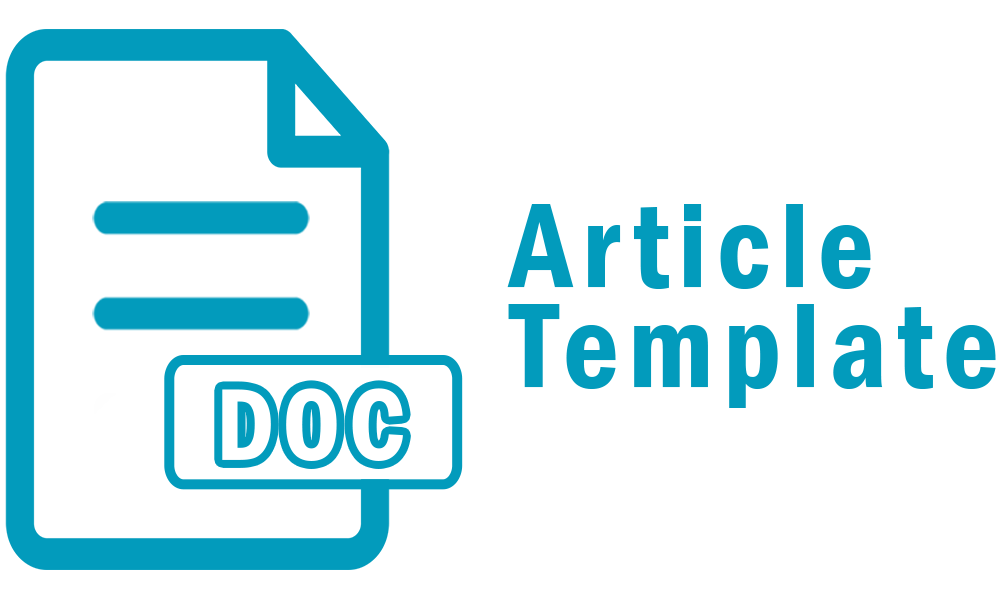DESCRIPTION OF WASTE PRINT AL-QUR'AN
DOI:
https://doi.org/10.46961/kreator.v7i2.297Abstract
The Graphics Industry is an industry that designs, develops, makes, and introduces products that contain or are related to sentences and or images to realize information, ideas and feelings. The product is used for the purposes of learning, entertainment, motivating, commercial, and so on. The graphics industry in Indonesia continues to experience improvement by continuing to make improvements both in producing quality graphic products with the times without reducing the essence of the graphics itself, namely the media for delivering printed information to be presented to the public and in processing waste. The graphics production process is divided into three stages, namely preprint, print and post print. PT. Gramedia Printing Cikarang Plant, as one of the major graphics companies in Indonesia, feels the need to create a working line and system, including providing special services that are separate from other print production flows so that the product prints are perfect, namely printing services for the Al-Qur'an manuscripts. . In the flow of the printing of the Al-Qur'an manuscripts, the treatment is not arbitrary, even up to the handling of the waste. Writing this final project aims to determine whether the application of waste processing resulting from the printing of the Al-Quran is in accordance with Islamic principles and rules of occupational safety and health.
Keywords: Waste, Occupational Safety and health, Printing of Al-qur'an
Downloads
Published
How to Cite
Issue
Section
Citation Check
License
Authors who publish with Kreator agree to the following terms:
- For all articles published in the Kreator, copyright is retained by the authors. Authors give permission to the publisher to announce the work with conditions. When the manuscript is accepted for publication, the authors agree to the automatic transfer of non-exclusive publishing rights to the publisher.
- Authors retain copyright and grant the journal right of first publication with the work simultaneously licensed under a Creative Commons Attribution-ShareAlike 4.0 International License that allows others to share the work with an acknowledgment of the work's authorship and initial publication in this journal.
- Authors are able to enter into separate, additional contractual arrangements for the non-exclusive distribution of the journal's published version of the work (e.g., post it to an institutional repository or publish it in a book), with an acknowledgment of its initial publication in this journal.
- Authors are permitted and encouraged to post their work online (e.g., in institutional repositories or on their website) prior to and during the submission process, as it can lead to productive exchanges, as well as earlier and greater citation of published work (See The Effect of Open Access).











